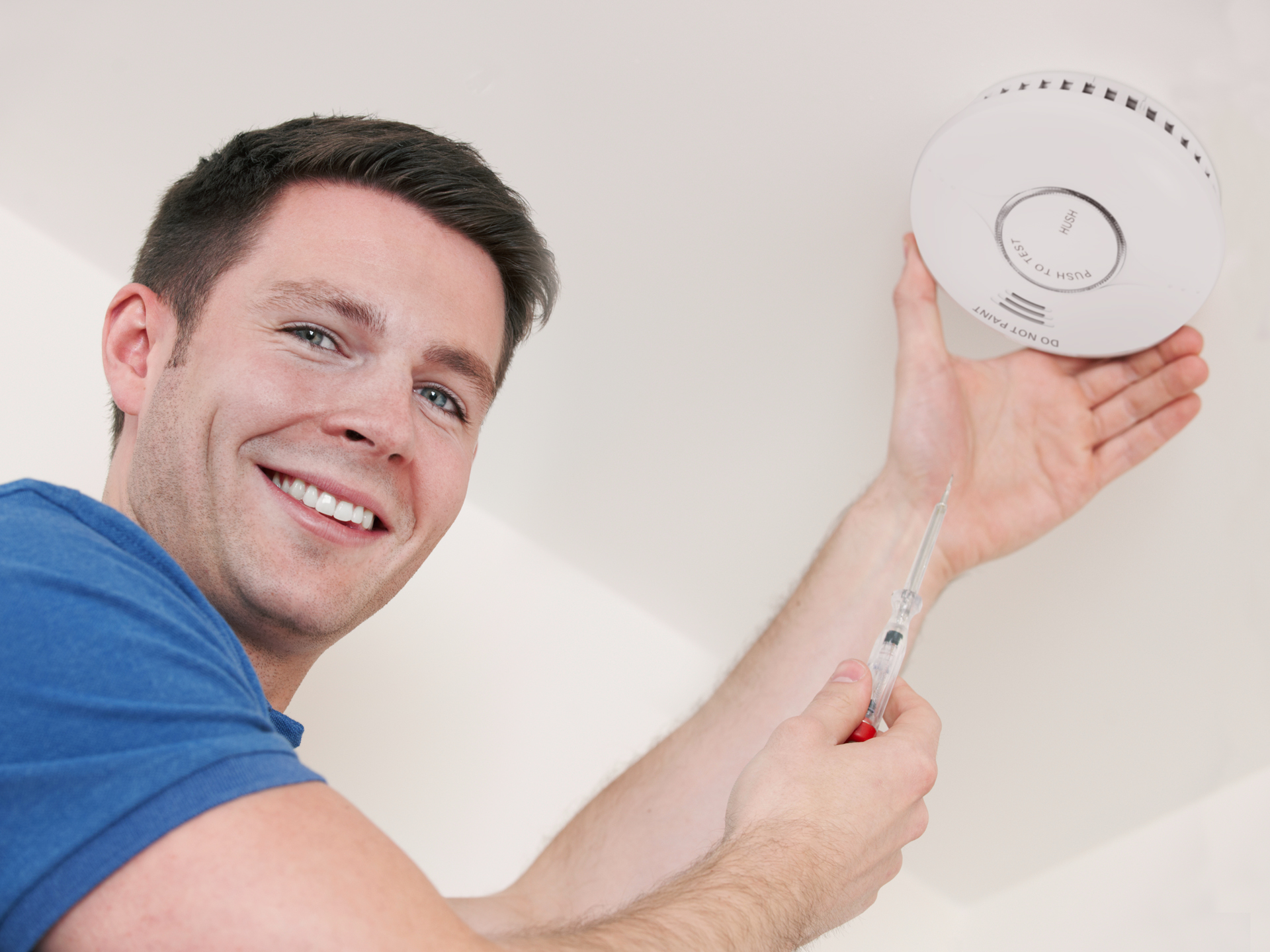With winter in full swing across Australia, families around the country are spending more time inside the home. While the cooler months are a perfect time to be cosy and curl up in front of the TV, greater use of heaters and other appliances pose an increased fire risk in the home.
Whether you are noticing an increase in smoke alarm enquiries or not, it’s a good idea to familiarise yourself yourself with the features and benefits of the different models available, as well as current state legislation so you are ready to advise your clients.
With so many options on the market, it can be easy to end up with an inferior product. Read on to discover Emerald’s range of quality smoke alarms and find out more about what you should be looking for before making a recommendation.
Interconnected smoke alarms are best practice
While not legally required in every state and territory, interconnected smoke alarms are recommended by all state Fire and Rescue services. And for a good reason.
Interconnected smoke alarms are linked – either by hard wiring or use of radio frequency (RF) technology – so when one alarm is triggered, every alarm in the home will activate to give the inhabitants the best chance of acting in the event of a fire.
Radio Frequency (RF) vs Hardwired smoke alarms
When it comes to interconnected smoke alarms, both radio frequency (RF) and hardwired alarm models are available. While both types are effective, RF enabled smoke alarms communicate with other interconnected Emerald RF Smoke Alarms wirelessly via an electronic signal. Choosing radio frequency enabled smoke alarms makes interconnecting alarms easy.
While some RF smoke alarms can be bulky and unattractive, Emerald Smoke Alarms are compact and designed to blend into your clients’ home. We also offer an optional smoke alarm controller that enables your clients to test and silence their smoke alarms without scrambling to reach the alarm itself.
Photoelectric vs ionisation smoke alarms?
Photoelectric smoke alarms are recommended by all state Fire and Rescue services and are legally required in some states. Photoelectric smoke alarm tend to respond faster to the smoke produced by smouldering fires than ionisation smoke alarms. Since house fires typically smoulder and produce smoke long before flames even appear, photoelectric alarms are a better choice for use in the home as they will give more warning of a developing fire.
We have written previously about the differences between the main types of smoke alarms – have a read of our blog post on the differences between photoelectric and ionisation smoke alarms if you need a refresher.
Our smoke alarms are registered with ActivFire
All Emerald Alarms are registered with ActivFire, an independent scheme from the CSIRO. This provides an extra layer of protection and ensures all our smoke alarm ranges have been independently tested to conform to safety standards and specifications.

